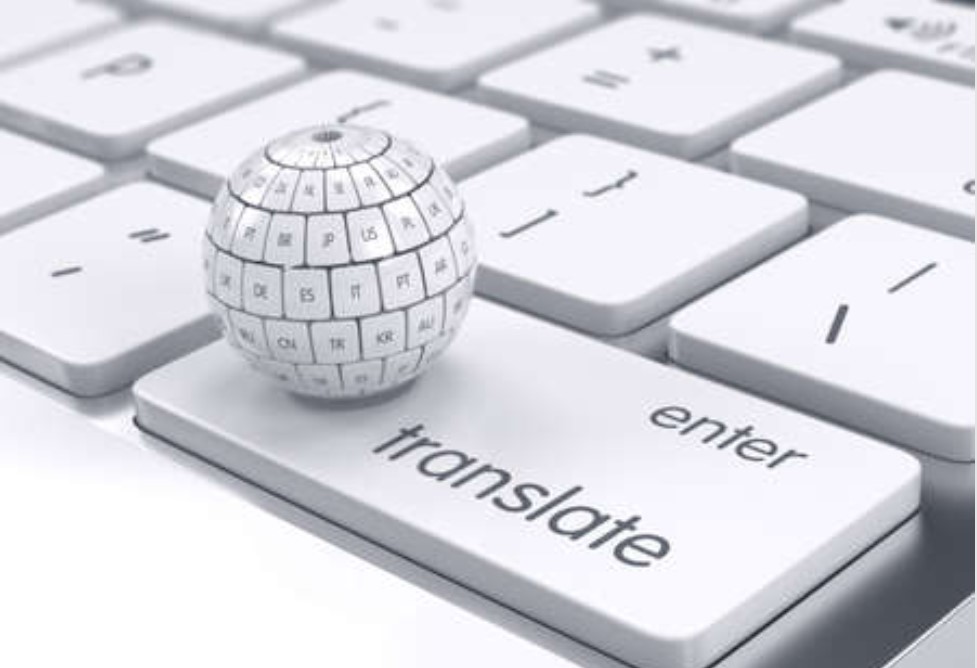What tools does a professional translator work with?

You can distinguish a good worker by his tools. The professional translator is no exception to this rule. Of course, translation tools are increasingly dematerialized, but that does not prevent them from being used correctly to carry out quality translations in any field.
Next I will review the current tools used by the professional translators freelancers or those who work in translation agencies, as well as their respective functions in the translation process.
Índice de contenidos
Index of contents
Index du contenu
Inhaltsverzeichnis
Indice dei contenuti
Computer-assisted translation (CAT) tools
The missing bilingual or multilingual dictionaries on paper, specialized or not, are still sometimes used by some translators, since the search for specific information may require reading a source that has not yet been digitized.
Otherwise, the main tools of professional translators are computer assisted translation software. The most popular currently used by professional translators and translation agencies they are SDL Trados, Déjà Vu and Wordfast.
Online resources for professional translators

Professional translators widely use online dictionaries containing phrases already translated by humans. These are very reliable sources that allow you to find specialized terms such as technical, legal or scientific terms suitable for your translations.
Linguee and Reverso are the two tools most used today by translators to achieve your goals.
Thanks to the Internet, professional translators now also have the opportunity to collaborate to help each other. For them, there are forums as WordReference or the Help Forum for Professional Translators to enlist the help of the community when difficult translation problems arise.
Other collaboration platforms allow you to ask questions of experts in certain fields for specific issues when all other avenues have been explored to no avail.
Other translation tools

Among the linguistic tools offered by CAT programs are translation memories. These memorize common segments that have already been translated to speed up translations.
In the same vein, terminology management tools allow translators to check that terms have always been translated correctly within the same job; improve overall consistency.
Bilingual or multilingual concordances are very useful to compare different translations already made.
Translation agencies with international reach, as AbroadLink Translations, they can entrust the management of translation projects, including localization, to dedicated servers such as memoQ.
True professional translators use their tools wisely

Professional translators they can rely on a translation provided by an assisted translation software or a machine translation obtained online. However, the quality of these translations varies depending on several parameters, such as the style of writing in the source language or the degree of specialization of the topics covered.
Therefore, a professional translator usually works on the post-editing of already translated texts.. In some cases, for specific texts that use a specific language, this way of working can be counter-productive.
In this situation, a professional translator you should be able to revert to the original language text to use a "manual" method, but take less time.
Of course, professional translators They also share with other professionals tools that are not directly related to translation: word processors, spelling and grammar checkers, speech-to-text converters, etc.
It does not seem superfluous to reiterate that no tool is capable of replacing the translator. In other words, best translation tools automatic, no matter how powerful they are these days, they are not a substitute for a qualified and experienced translator in your field.
Only he is able to judge the quality of a translation de facto and make the necessary corrections.
Other articles you may be interested in:

Blog writer and Community Manager interested in multiculturality and linguistic diversity. From her native Venezuela, she has travelled and lived for many years in France, Germany, Cameroon and Spain, passing on her passion for writing and her intercultural experiences.



Add new comment